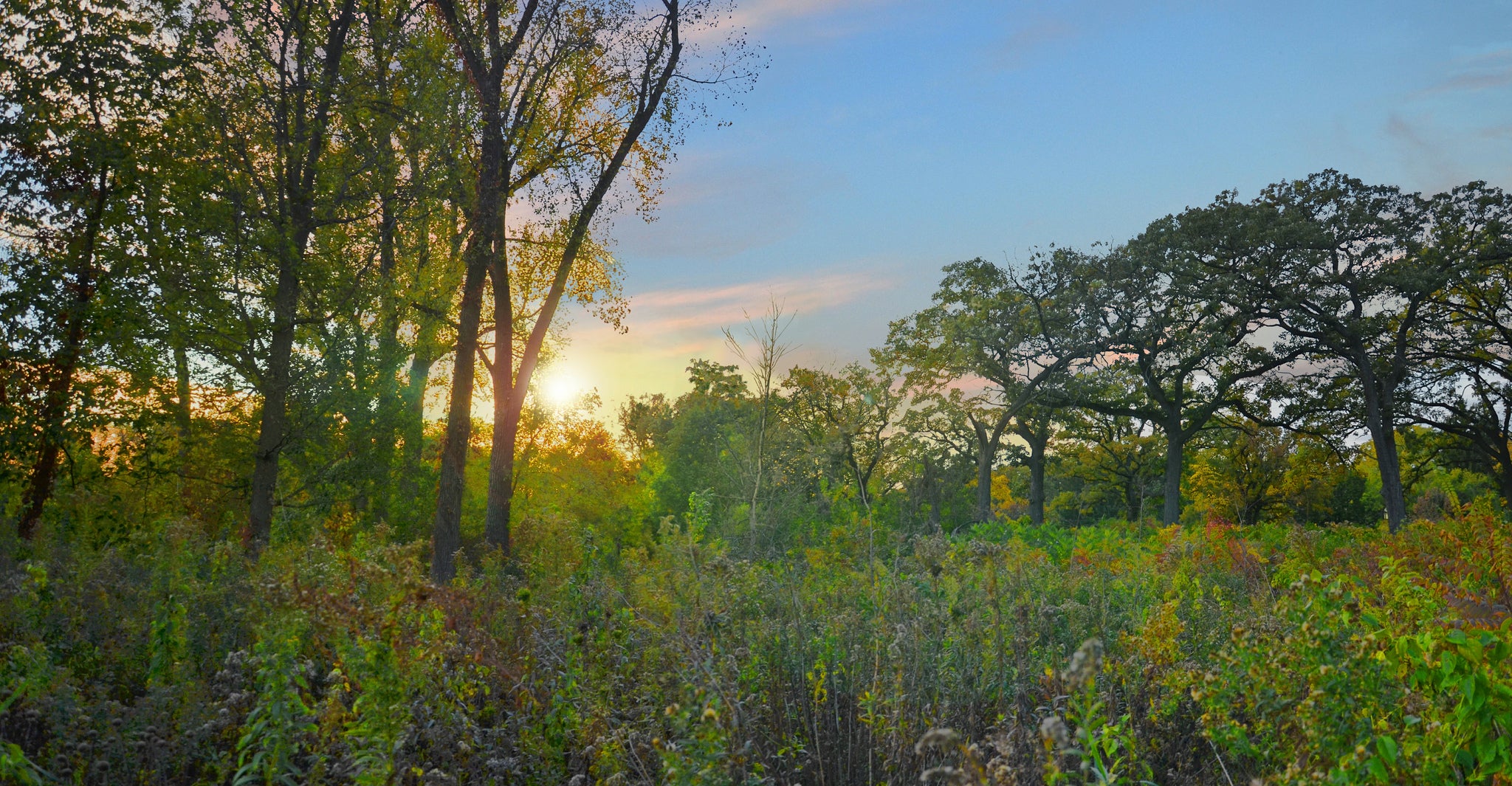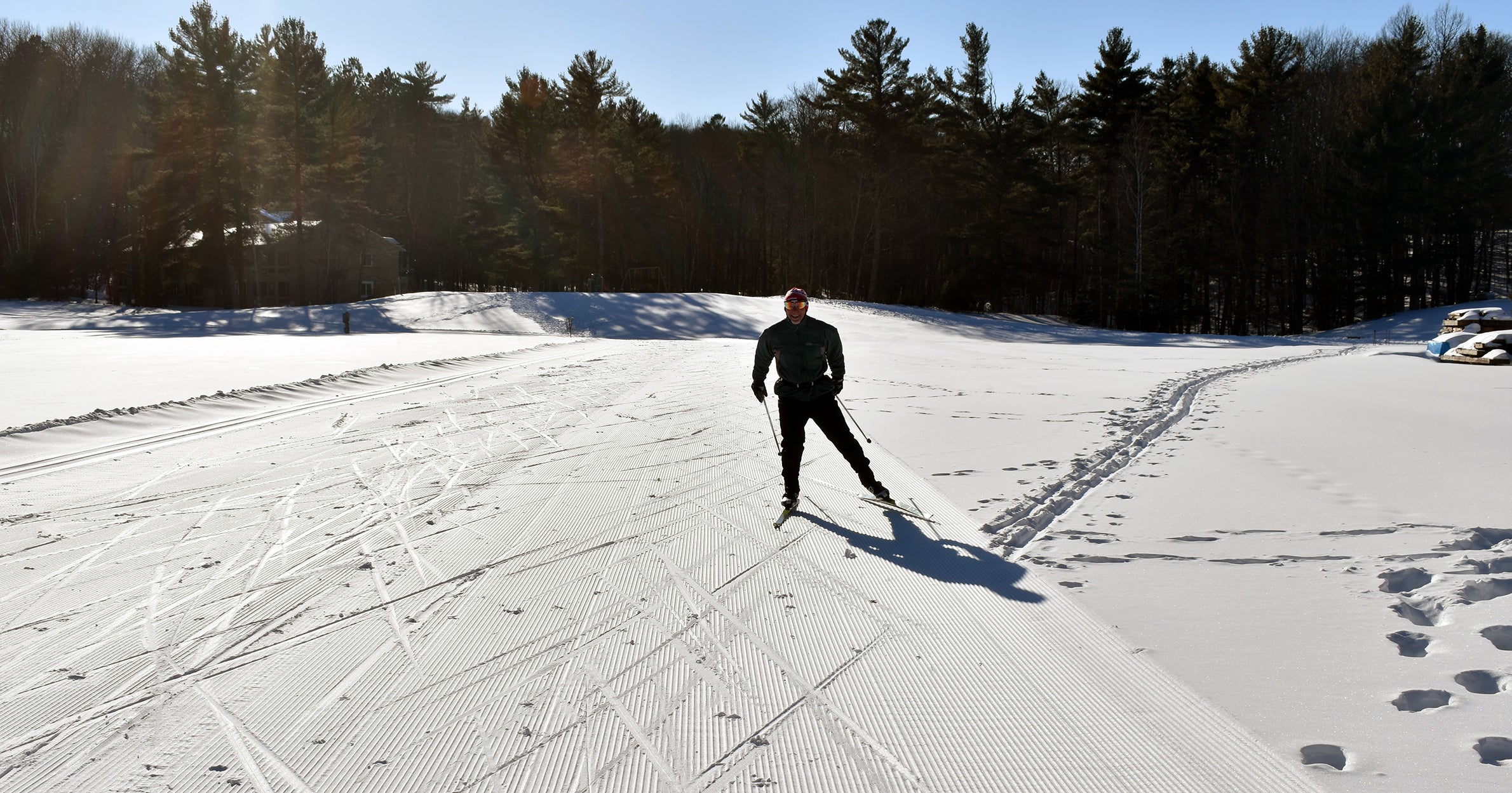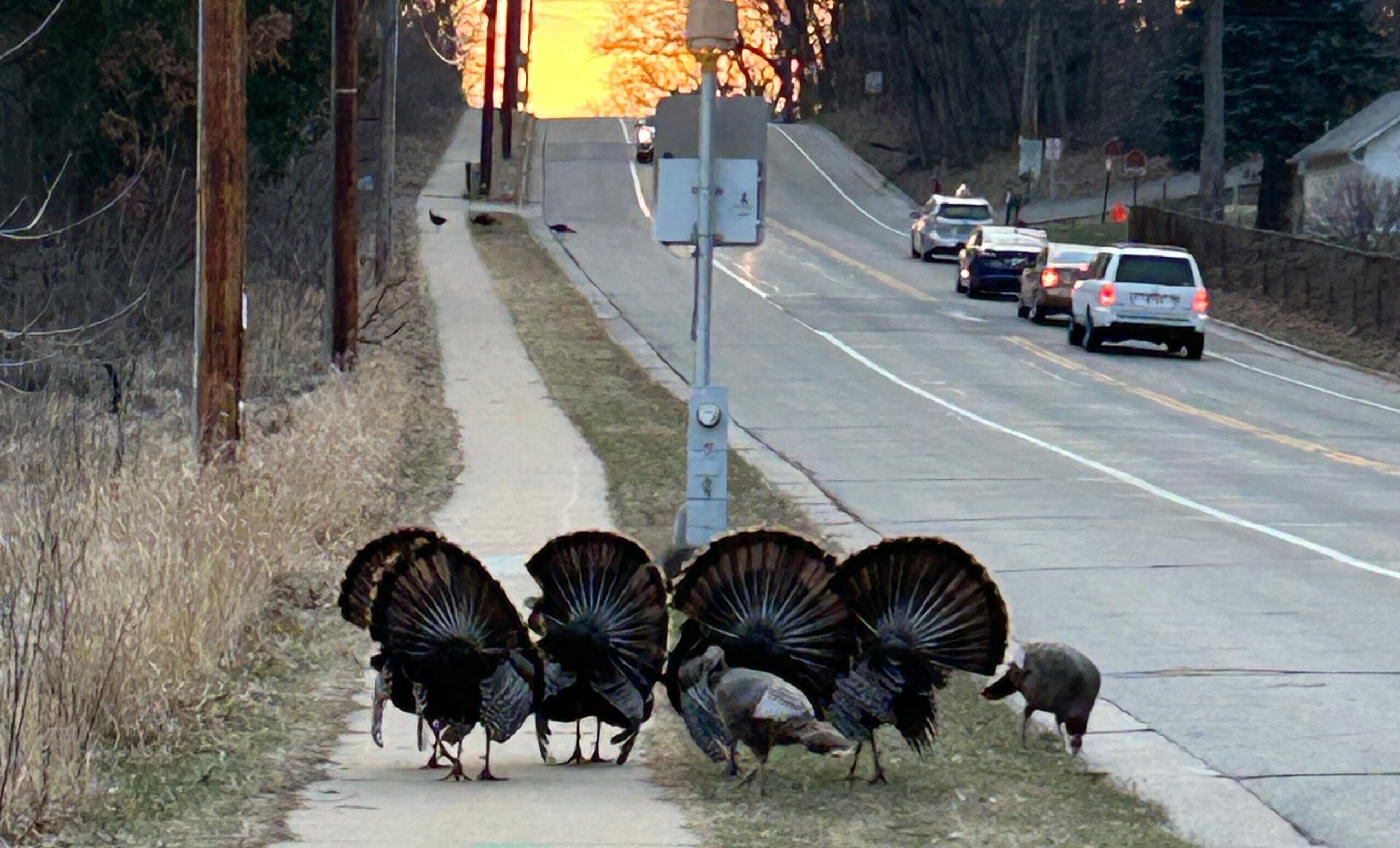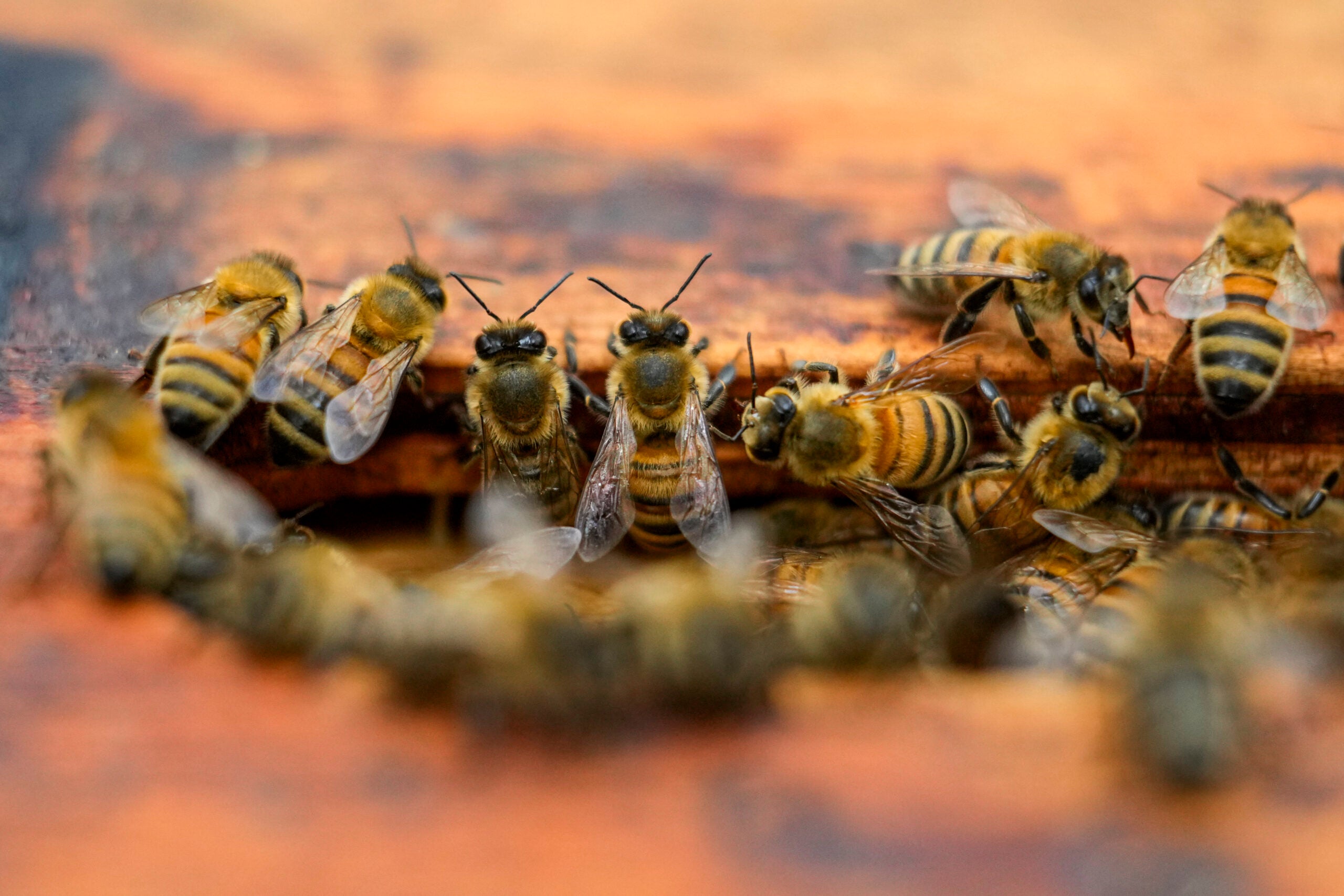There aren’t as many oak trees in Wisconsin as there used to be. We take a look at why that is, why it’s a bad thing and what we can do to bring the numbers back up.
Featured in this Show
-
With Oak Trees In Decline, 5 Ways To Keep Yours In Check
Wisconsin’s oak trees are in danger.
The trees are a “keystone within the ecosystem,” says Brad Hutnik, a forest community ecologist with the Wisconsin Department of Natural Resources.
But across the Midwest, oak decline is on the rise, brought on by a myriad of reasons, including an increase in the deadly oak wilt disease.
The good news? There are methods you can take to keep your own trees healthy.
Hutnik and Tricia Gorby, the senior implementation manager of the nEXT Generation Project at University of Wisconsin-Extension have some tips:
1. If your Oaks are struggling, get them checked out.
The Wisconsin DNR website has a Forestry Assistance Locator to find DNR foresters in your area who are available to help.
“Just like people, you know, we get old we start to have problems that we don’t have when we’re young,” Hutnik said. “So oaks can have that same thing happening if you pack too many oaks into an acre or, you know, if you have just a lot of competition, you’ll start to see problems with that as well.”
2. Keeping a variety of trees isn’t a save-all, but it can help.
“It’s going to depend on where you are, and it might be other species besides oak as well,” Hutnik said.
It’s not an instant fix, but having a variety of trees, including white pine, for example, can slow or stop the spread of the disease, he said.
“Red oaks in particular are the ones that have the biggest problem with oak wilt. White oak can get oak wilt, but they persist a lot longer with it and it will be a much slower problem with them.”
3. Building a new house? Contact an arborist.
Be wary of driving over the tree roots on your property with large construction trucks. Hutnik and Gorby say an arborist can help you develop your new home with the natural landscape, including your Oak trees, in mind.
One way to do that is through the Wisconsin Arborist Association website.
4. Don’t be afraid to ask for help.
If you have a large problem, like a buckthorn infestation across your property, it may be easy to jump to what you know. The scale and size can be frustrating, especially over a large acreage. The solutions can be expensive. Use your resources.
“There’s mechanical, there’s some chemical, but when we think about this, it can be expensive, and so there’s different programs that you might want to look at,” Gorby said. “Wisconsin has the Wisconsin Forest Landowner Grant Program, which can help provide assistance for doing this kind of work. There’s also the Natural Resource Conservation Service. NRCS also has these programs for people… that have the size acreage and can have some cost share assistance to get it done. Because it can be, especially at that scale, often something that it’s harder to do just yourself.”
5. Do your research.
Websites such as mywisconsinwoods.org and woodlandinfo.org provide localized, Wisconsin-specific information. If online learning isn’t your thing, UW-Extension offers classes from natural resource educators called “Learn about your land.” The UW-Madison Plant Disease Diagnostic Clinic can also help diagnose potential problems.
Episode Credits
- Larry Meiller Host
- Jill Nadeau Producer
- Tricia Gorby Guest
- Brad Hutnik Guest
Wisconsin Public Radio, © Copyright 2025, Board of Regents of the University of Wisconsin System and Wisconsin Educational Communications Board.






